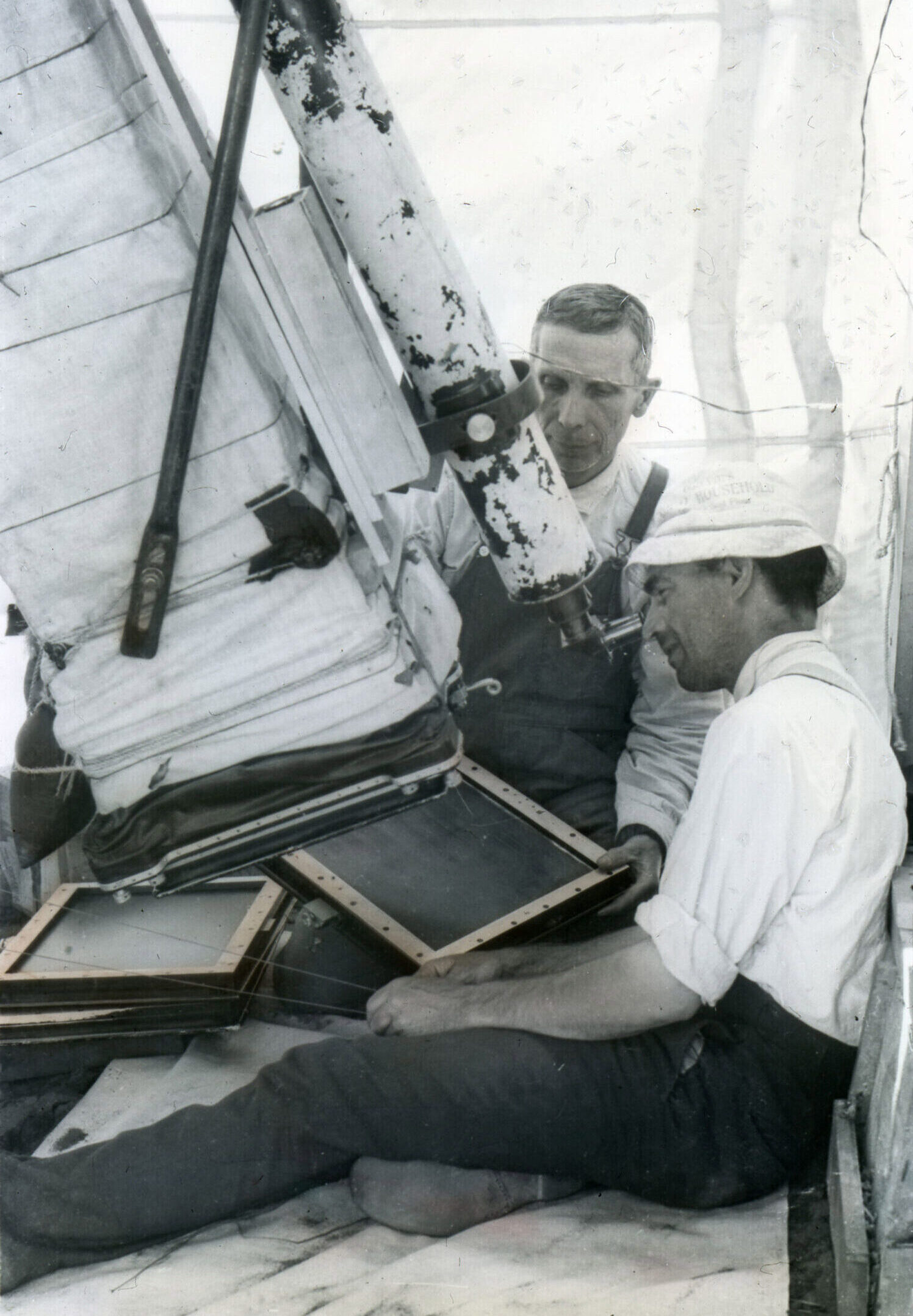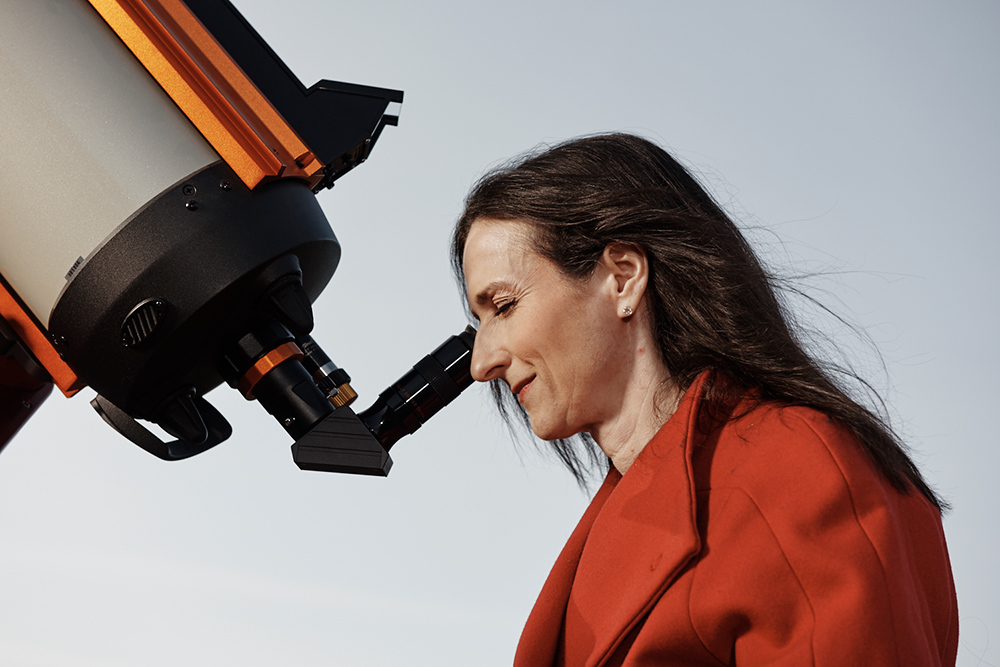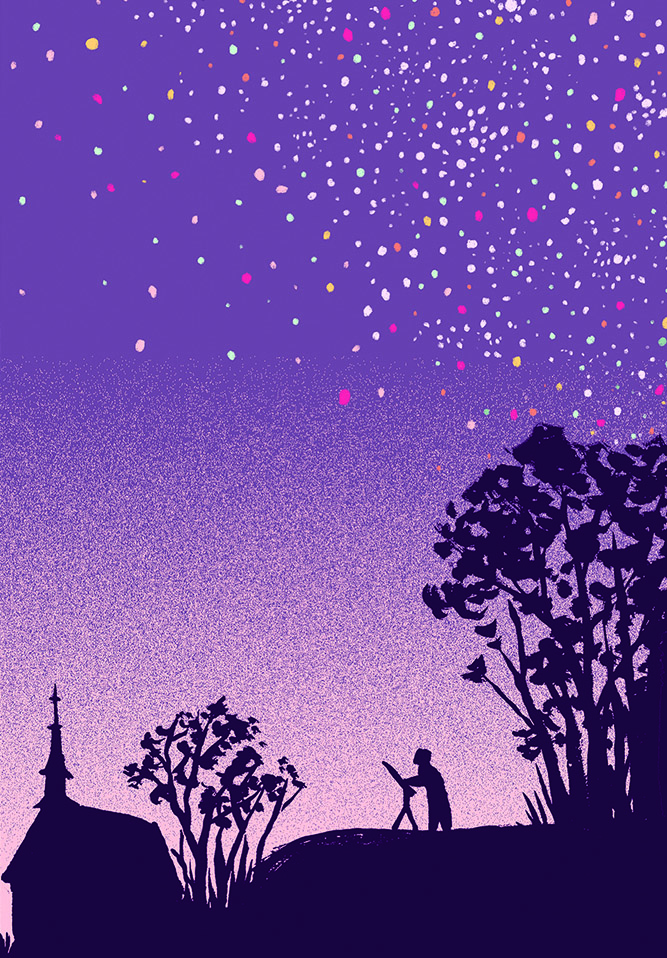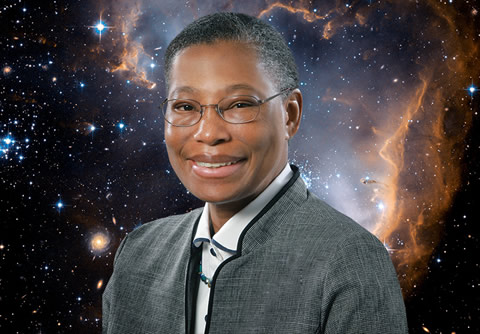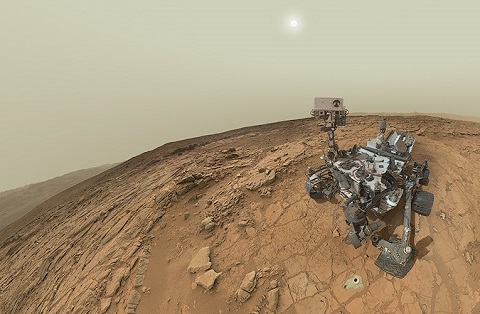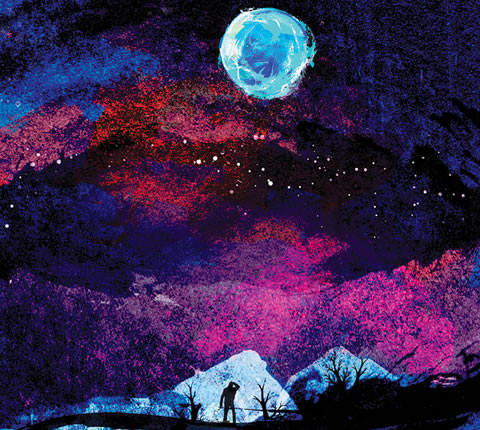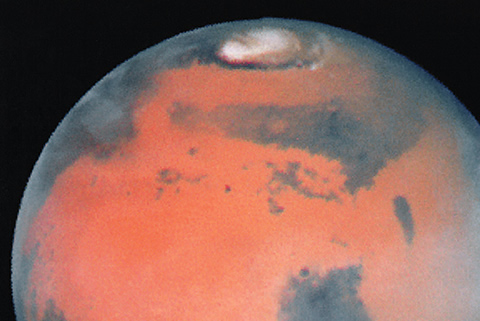The Einstein Camera
A century ago, a U of T astronomer led a small group of Canadians on a daring expedition to remote Australia. Their mission? To prove the Theory of General Relativity Read More
A century ago, a U of T astronomer led a small group of Canadians on a daring expedition to remote Australia. Their mission? To prove the Theory of General Relativity Read More
Astronomer Sara Seager believes there are other planets that support life. She’s dedicated much of her career to finding them Read More
Prof. Barth Netterfield’s lifelong journey into faith, physics and astronomy Read More
Astronomer Helen Sawyer Hogg not only researched the stars, but explained them in a heavenly manner to students and the public Read More
Mercedes Richards unpacks an astronomical mystery Read More
The university’s scholars are collaborating with partners in every region of the globe to answer questions that challenge us all Read More
A celebration of unique, extraordinary and record-breaking feats and facts from the U of T's 187-year history of learning and discovery Read More
A U of T grad student has created a website where anyone can pose burning questions about astronomy – and receive an expert reply Read More
With the discovery of hundreds of worlds around other stars, will we find that Earth is not alone in bearing life? Read More
A few intriguing oddities from the hunt for exoplanets Read More
Scientists are trying to determine if methane in the Martian atmosphere came from living organisms Read More
Discoveries of new planets outside our solar system are forcing astronomers to rethink theories of how planets form Read More
A large asteroid could destroy all life on earth. But a "rain" of extraterrestrial debris long ago may have led to the conditions that started it, says a U of T geologist Read More
Ridges on the red planet might have been shorelines Read More
Recent discoveries force astronomers to rethink long-held definition Read More
Astronomy buffs watch the Transit of Venus Read More
Scientists find that galaxies are surrounded by huge halos of dark matter Read More
In the early 1970s, black holes were just a topic for scientific speculation. Then astrophysist Tom Bolton began pondering the matter Read More
The Stewart Observatory has always inspired lofty dreams Read More
Explore


